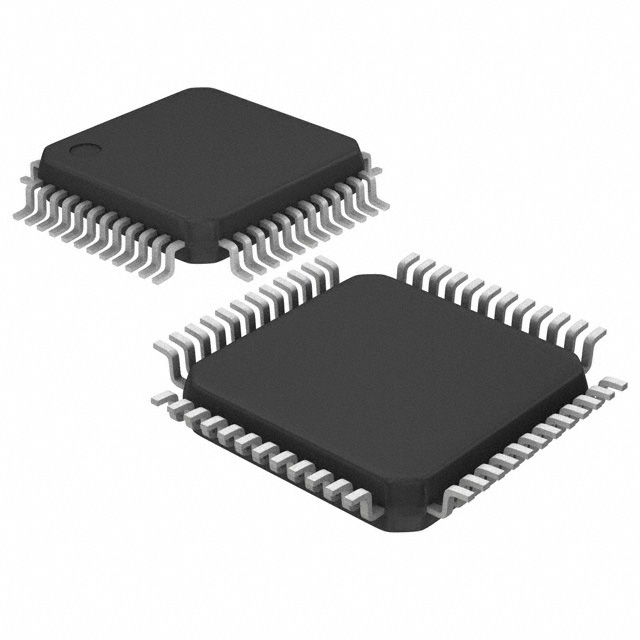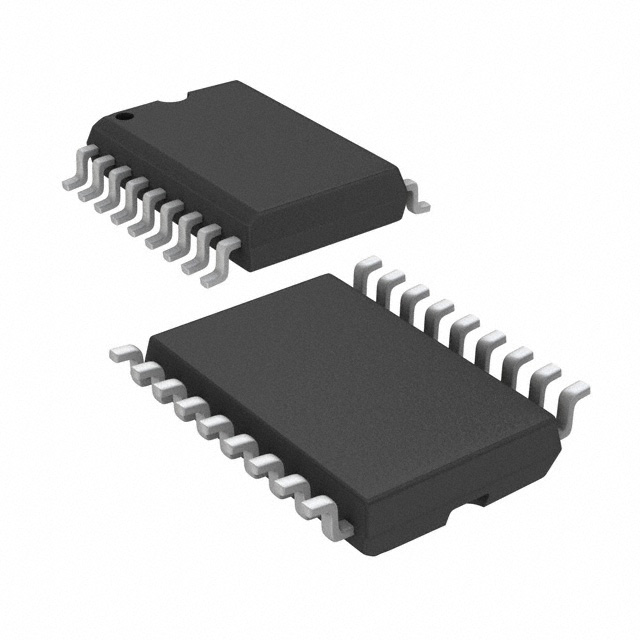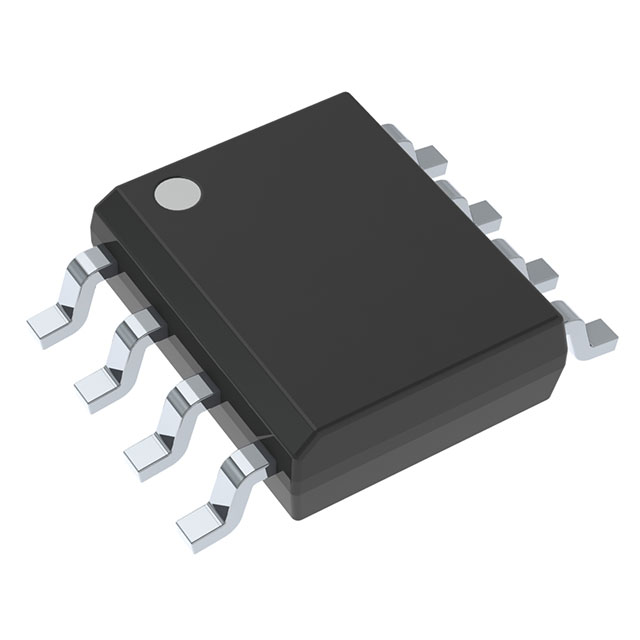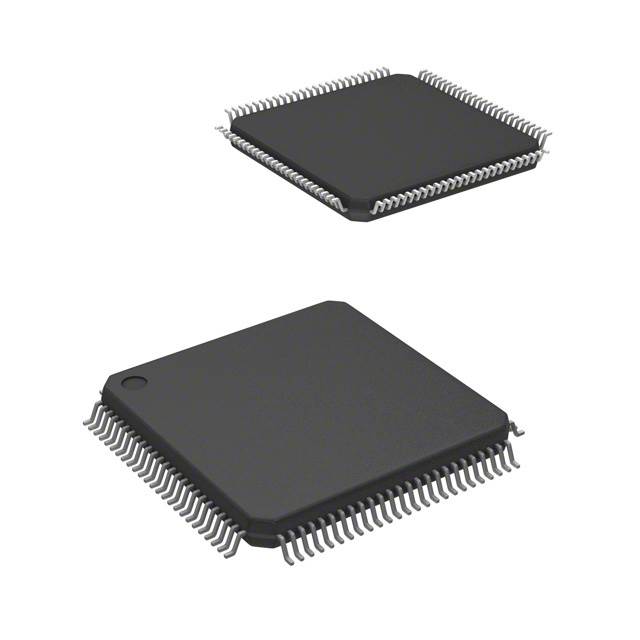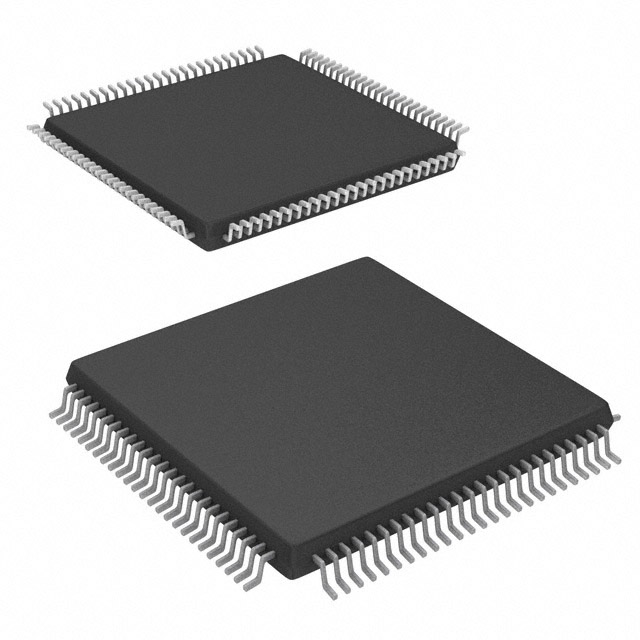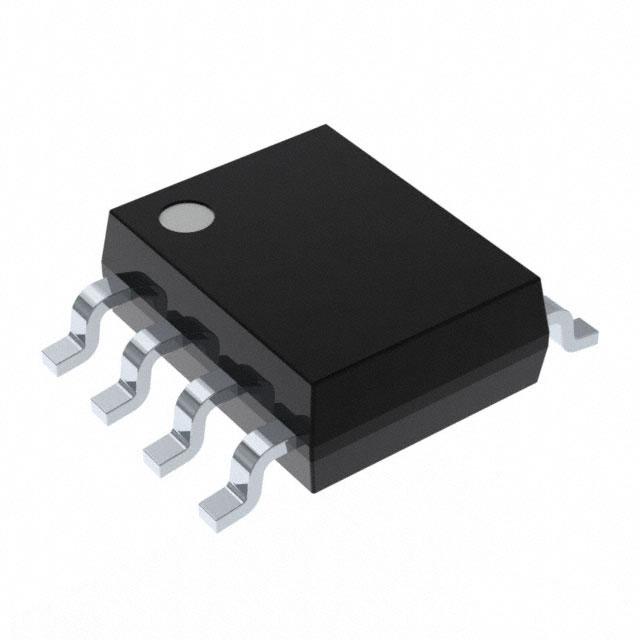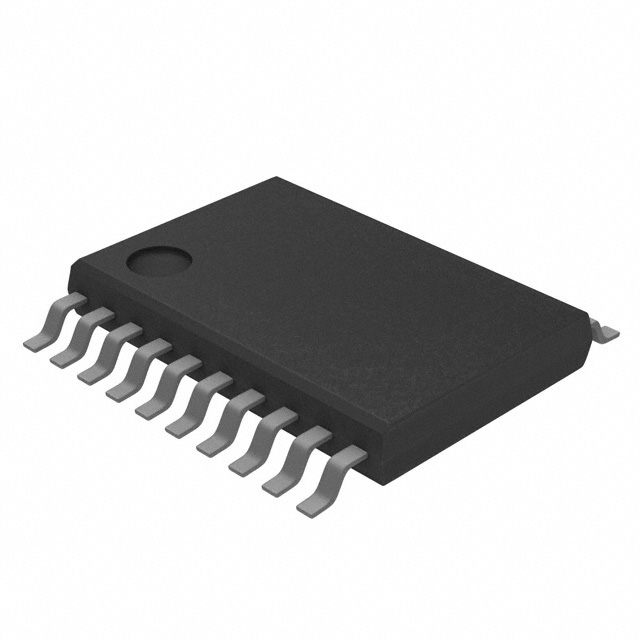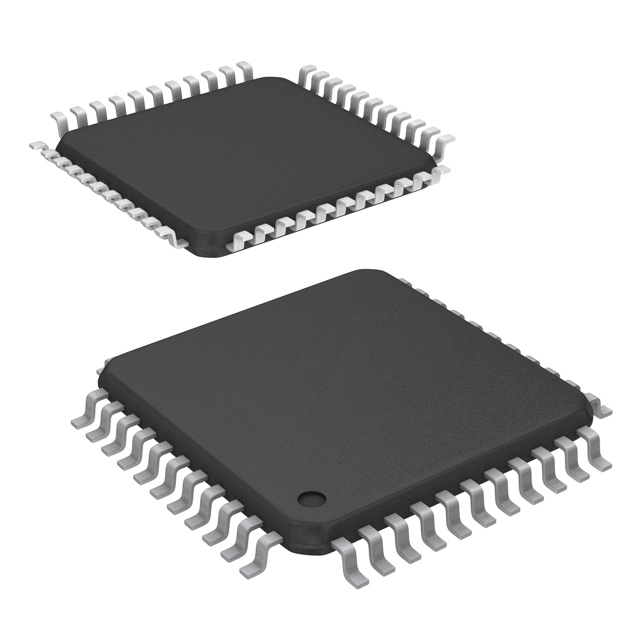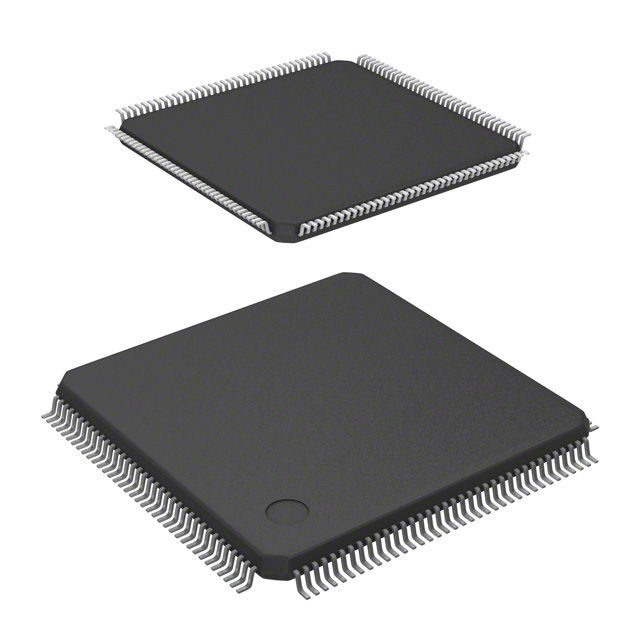

Introduction to Ohm’s Law Calculator
Catalog
What Is Ohm’s Law?Ohm’s Law FormulasThe “Magic” VIR TriangleOhm’s Law CalculatorOhm’s Law Calculator (Without Power)Ohm’s Law Calculator (With Power)Resistivity of Common Metals (Room Temperature)ExampleKey TakeawayFAQ Related ArticlesOhm’s Law links the three fundamental electrical quantities: voltage, current, and resistance. Among them, current is what actually delivers energy through a circuit.
If you’ve worked with circuits, you already know how these values interact: increase the voltage and the current rises; increase the resistance—say, by adding another light bulb in series—and the current falls. This core relationship is known as Ohm’s Law, and it’s the foundation for calculating how circuits behave.
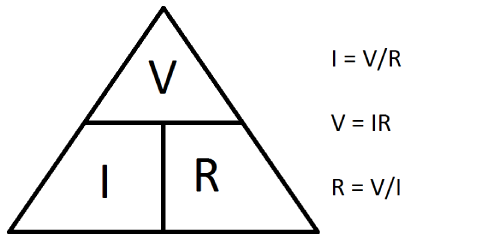
Ohm’s Law Calculator
What Is Ohm’s Law?
Ohm’s Law describes the relationship between voltage, current, and resistance in an ideal conductor. If you plot voltage versus current, you get a straight line—its slope is the resistance.
The core equation is V = I × R
- V (voltage), measured in volts (V)
- I (current), measured in amperes or amps (A)
- R (resistance), measured in ohms (Ω)
Ohm’s Law Formulas
You can rearrange Ohm’s Law to solve for any variable:
- Voltage: V = I × R
- Current: I = V ÷ R
- Resistance: R = V ÷ I
In practice:
- To find the voltage across a resistor when a current I flows through resistance R, use V = I × R.
- To find the current through a resistor with voltage V across it, use I = V ÷ R.
- To find the resistance when you know V and I, use R = V ÷ I.
The “Magic” VIR Triangle
Use the VIR triangle as a quick memory aid:
- Cover the value you want to find.
- If you cover V, the remaining I and R are side by side → multiply (V = I × R).
- If you cover I, V is over R → divide (I = V ÷ R).
- If you cover R, V is over I → divide (R = V ÷ I).
Simple, consistent, and perfect for quick calculations.
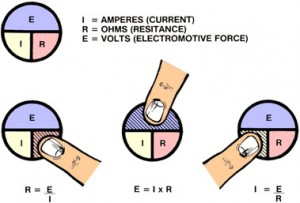
Magical Ohm’s Law
Ohm’s Law Calculator
You can compute values using two modes:
- Including power (P): calculates voltage, current, resistance, and power
- Excluding power: calculates just voltage, current, and resistance
Choose the option that fits your needs and enter any two known values to solve for the rest.
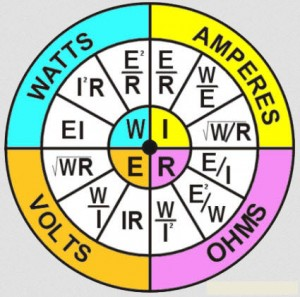
Ohms Law Calculator
Ohm’s Law Calculator (Without Power)
Enter any two of the three values—Voltage (V), Current (I), or Resistance (R)—and the calculator will find the third when you hit Calculate.
Formulas:
- Voltage: V = I × R
- Current: I = V ÷ R
- Resistance: R = V ÷ I
Ohm’s Law Calculator (With Power)
Enter any two of the four values—Power (P), Voltage (V), Current (I), or Resistance (R)—and the calculator will compute the remaining values.
Formulas:
- Power: P = V × I, or P = I² × R, or P = V² ÷ R
- Voltage: V = I × R
- Current: I = V ÷ R
- Resistance: R = V ÷ I
Resistivity of Common Metals (Room Temperature)
Values shown in ohm·meters (Ω·m), approximate:
- Aluminum: 2.828 × 10⁻8
- Copper: 1.678 × 10⁻8
- Silver: 1.586 × 10⁻8
- Gold: 2.214 × 10⁻8
- Tungsten: 5.510 × 10⁻8
Example
A 12 V battery powers a device with 24 Ω resistance. What current flows?
- Use I = V ÷ R
- I = 12 V ÷ 24 Ω = 0.5 A
Current through the device is 0.5 amperes.
Key Takeaway
- Without power: provide any two of V, I, R → get the third.
- With power: provide any two of P, V, I, R → compute the rest.
- Keep the unit conventions consistent: volts (V), amps (A), ohms (Ω), watts (W).
FAQ
- What does “Ohm’s law” mean in music?In acoustics it’s nicknamed “Ohm’s acoustic law”: our ears break any musical note down into a bundle of pure, harmonically related sine waves. Georg Ohm floated the idea in 1843.
- What three quantities does Ohm’s law actually link?Plain and simple: voltage, current and resistance – the holy trinity of every circuit.
- Sum up Ohm’s law in a single word.Proportionality. (Voltage and current stay in step as long as the resistance doesn’t budge.)
- Do ohms only work for DC?No – ohms are valid for both DC and AC.
- Where do most beginners slip up with Ohm’s law?They jumble the letters: mixing V, I and R or dropping the units is the classic rookie mistake.
Related Articles
Digital Thermometers and Their Applications
Subscribe to JMBom Electronics !



